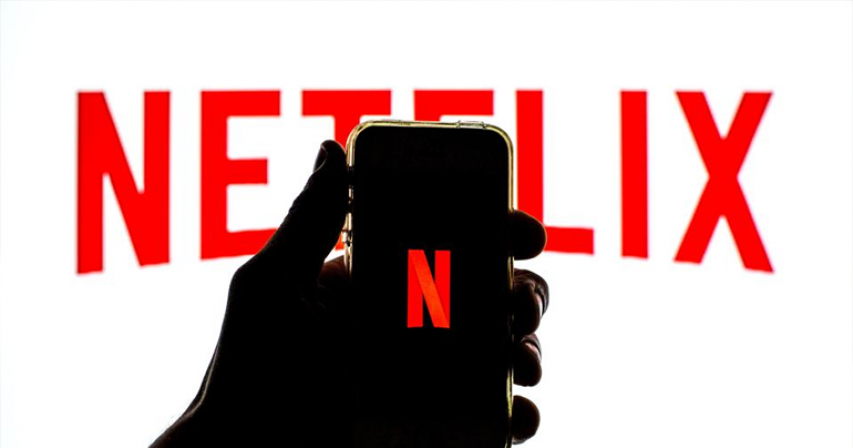Netflix shares slid nearly 11% in after-hours trading Tuesday, after the company reported 3.98 million new subscriptions worldwide in the first quarter, falling well short of the company’s projections and well below last year’s pandemic-driven surge.
KEY FACTS
Netflix had projected 6 million new subscribers, and analysts had forecast 6.19 million.
By comparison, Netflix averaged more than 9 million new sign-ups per quarter last year.
The company’s share price fell almost 11% to $490 in after-hours trading.
CONTRA
Netflix’s revenue reached $7.16 billion last quarter, a 24% jump from the first quarter of 2020, and roughly in line with the $7.13 billion expected by analysts.
KEY BACKGROUND
Netflix added tens of millions of subscribers in the first half of 2020, a surge the company linked to the Covid-19 pandemic, which shuttered movie theaters and forced people to stay in their homes. But this jump was temporary, and new subscriber growth slowed down dramatically in the latter half of last year. The company believes many customers signed up in early 2020 instead of this year.
CRUCIAL QUOTE
“We believe paid membership growth slowed due to the big Covid-19 pull forward in 2020 and a lighter content slate in the first half of this year, due to Covid-19 production delays,” Netflix said in a letter to investors.
BIG NUMBER
207.64 million. That’s how many total subscribers were paying for Netflix at the end of the first quarter.
SURPRISING FACT
The vast majority of Netflix’s new subscribers last quarter were based outside of the United States. Almost half of all new signups (1.81 million) came from Europe, the Middle East and Africa, and another 1.36 million came from the Asia-Pacific region, compared to just 450,000 new subscribers from the United States and Canada and 360,000 from Latin America.
WHAT TO WATCH FOR
Netflix says it plans on adding more new shows in the second half of this year, partly making up for a production slowdown wrought by Covid-19.

Comments